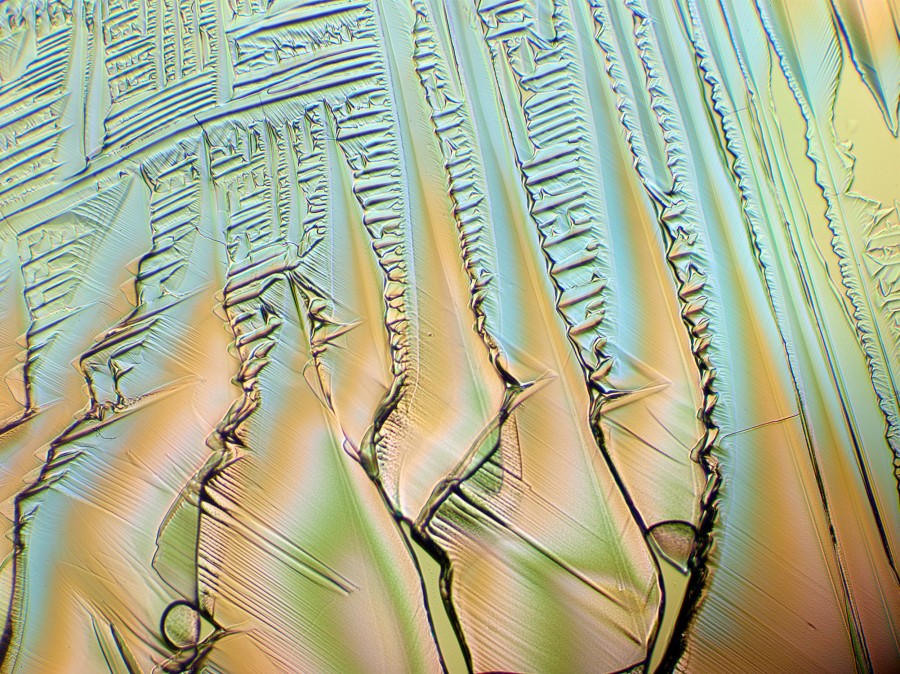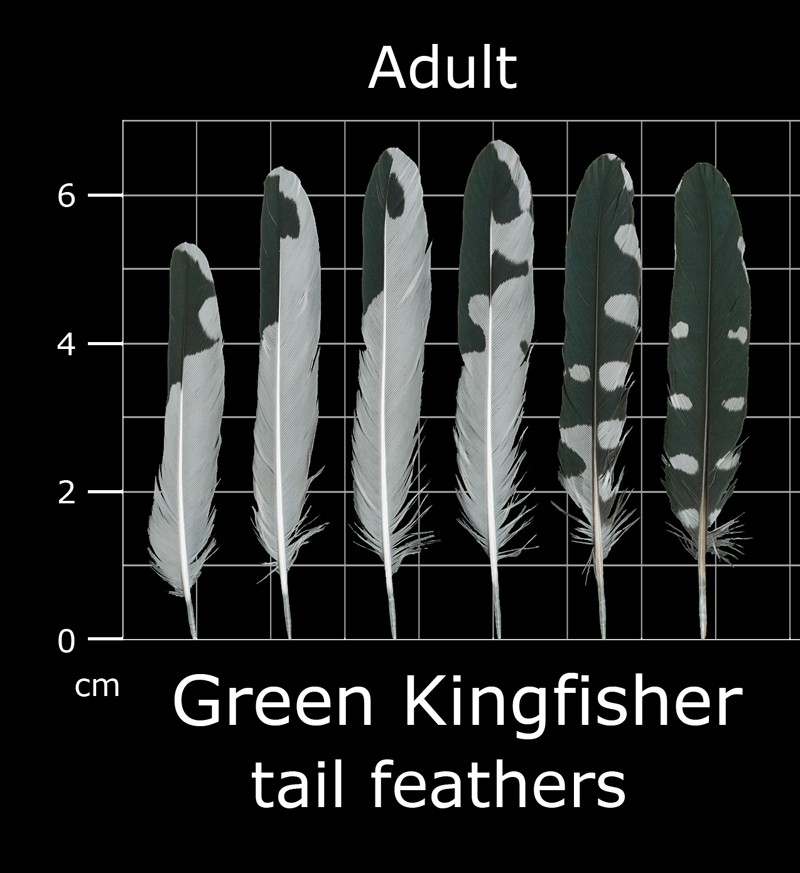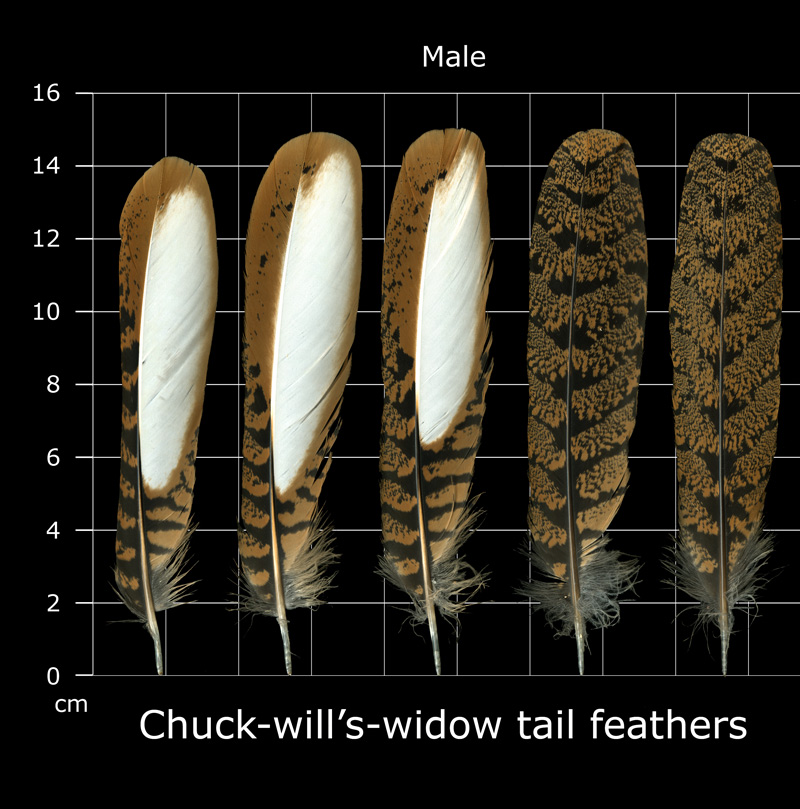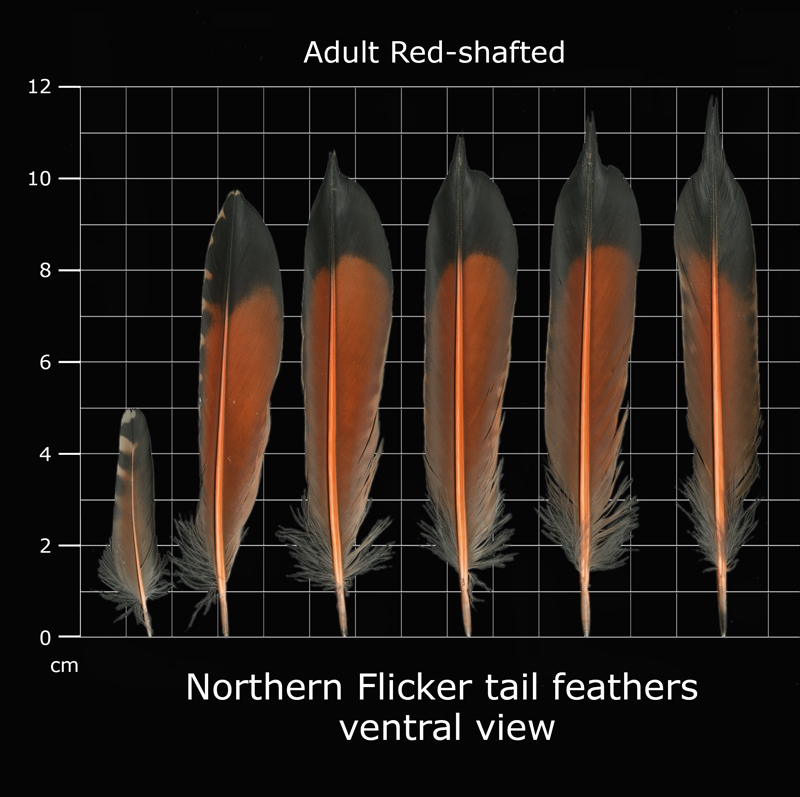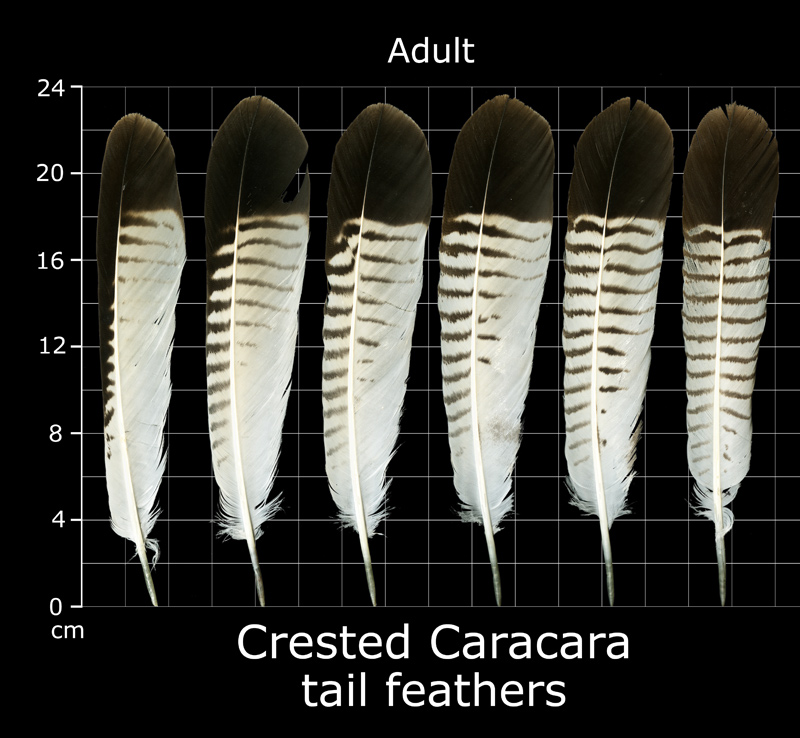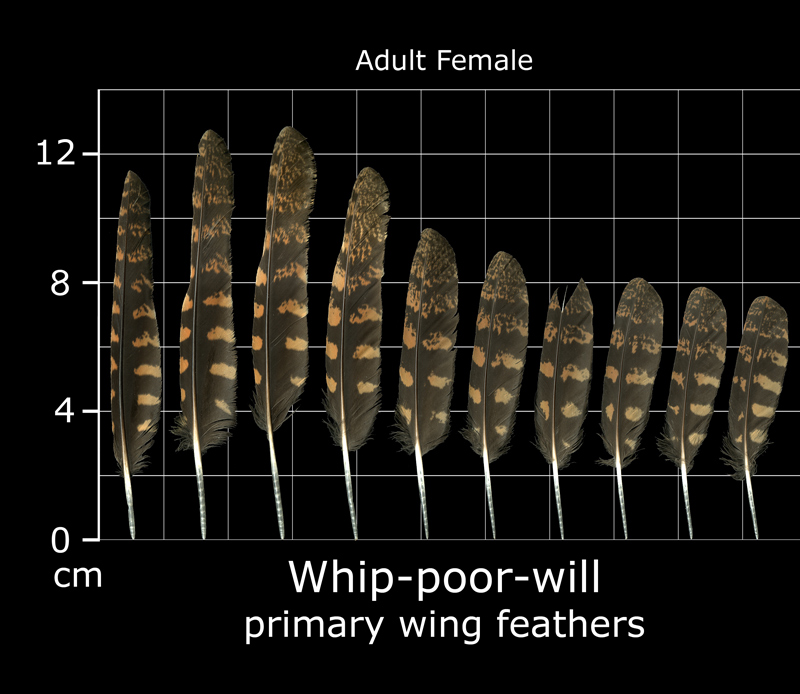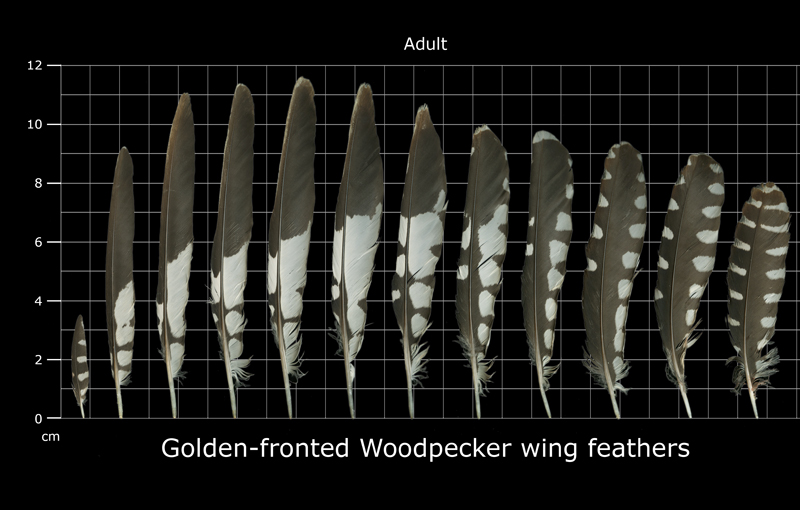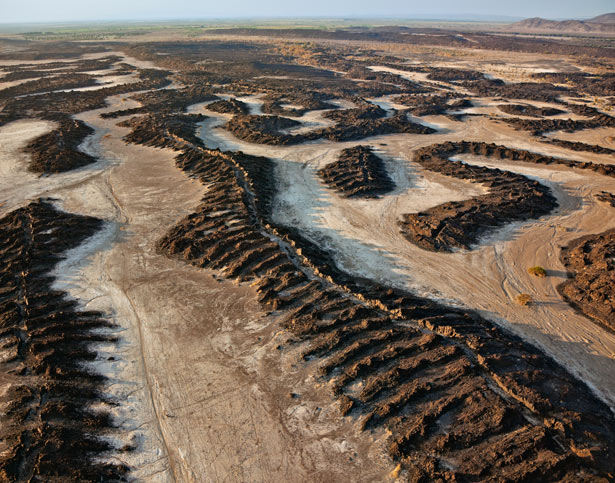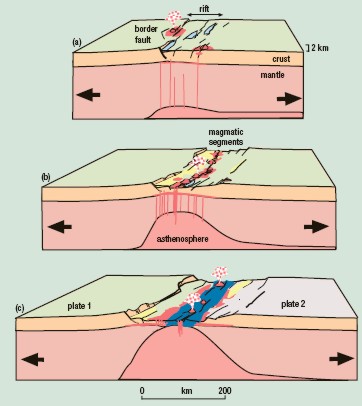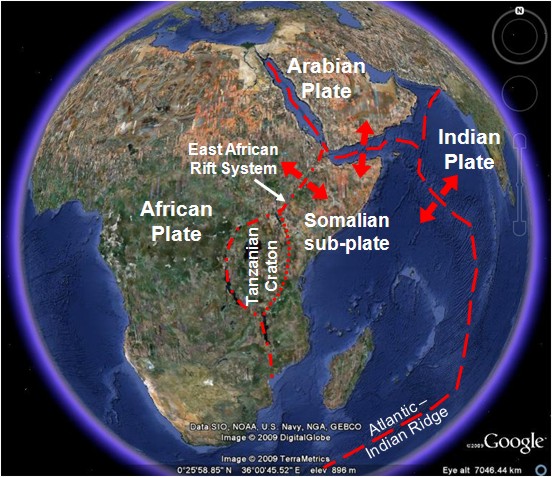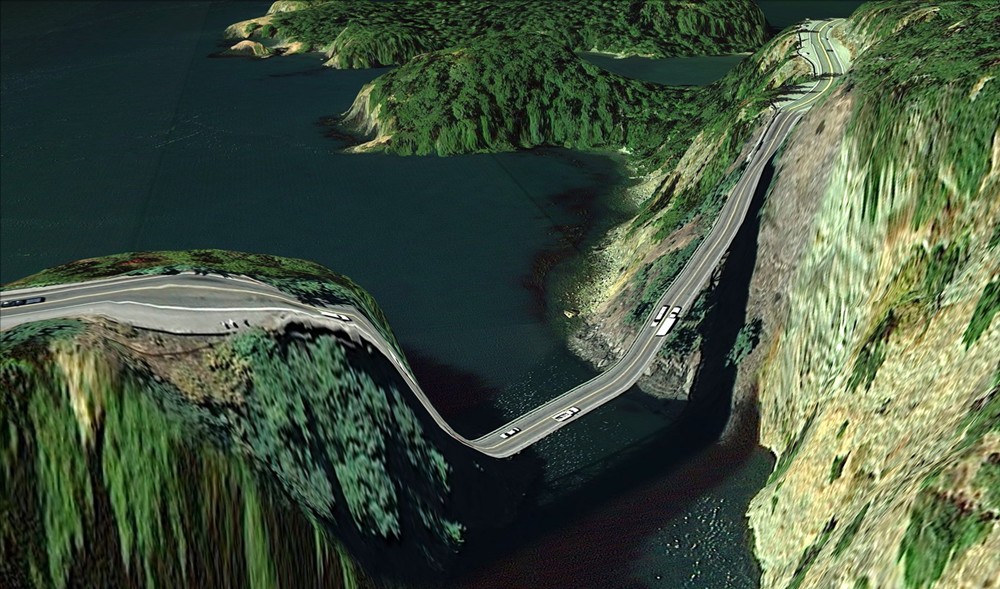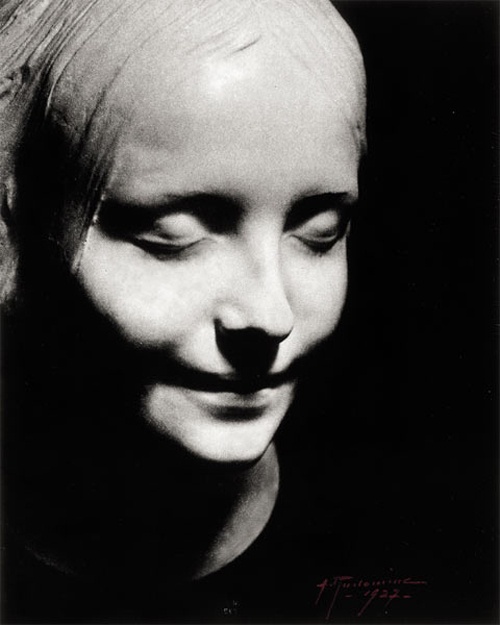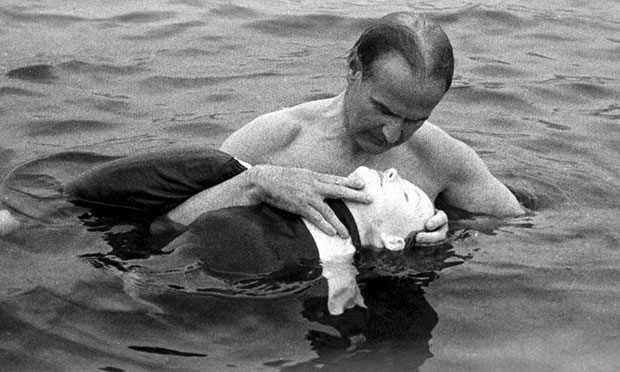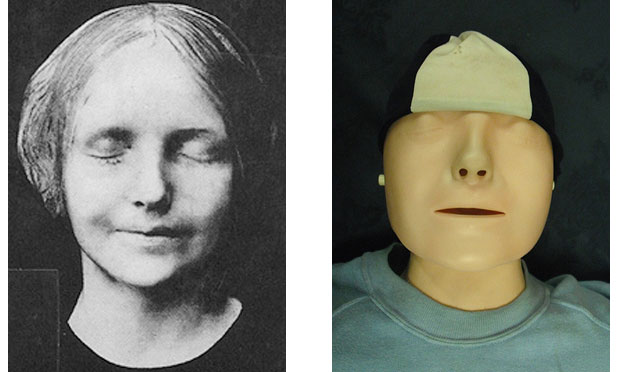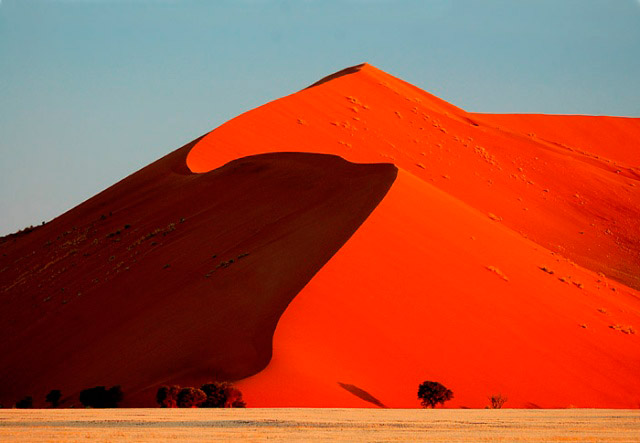
Dune 45 is a dune in the Sossusvlei area of the Namib Desert in Namibia. Its name comes from the fact that it is at the 45th kilometre of the road that connects the Sesriem gate and Sossusvlei. Standing over 170m, it is composed of 5-million-year-old sand that is detritus accumulated by the Orange River from the Kalahari Desert and then blown here. It is red in colour due to its iron oxide content.
As the lighting changes with the time of day, so does the appearance of the dunes’ characteristic colour, allowing for interesting photographs at any time. The wind in the Sossusvlei area blows from all directions, which means that the type of the dunes hare are known as “star dunes”. The winds cause the sand to form a star shape with multiple arms. Its fascinating shape and accessibility makes it the most photographed dune in the world.


(Source: Sossusvlei Conservation Area)
